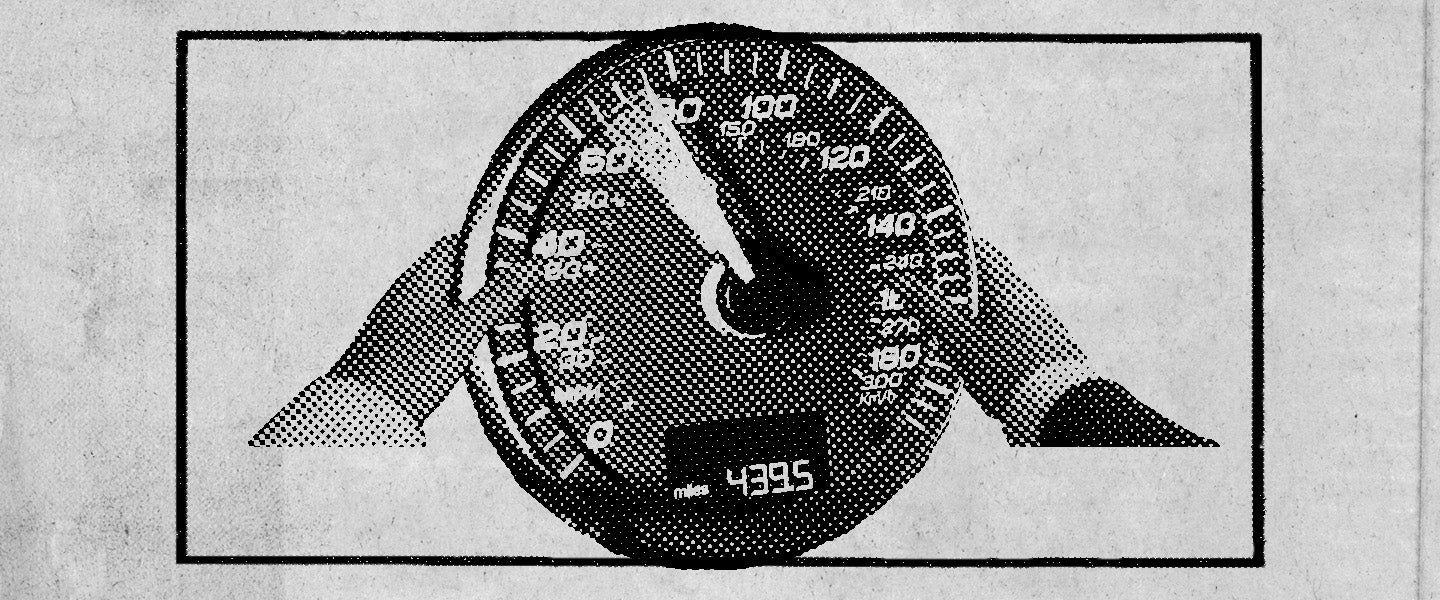If the modern automobile had a status on Facebook, it would undoubtedly be “It’s complicated.” With their computer-controlled fuel-injection systems, continuously variable transmissions and three-phase four-pole AC induction motors, the days when every Tom, Dick or Harry could wrench on their ride seem long gone. So let us help — especially with the seemingly mundane stuff that if not done properly, your dad and/or his favorite mechanic vowed would ruin your car forever. Because when it comes to cars — and this column — no question is too dumb.
When I got my first new car the year I graduated college, I remember my dad telling me not to drive it too hard for the first few hundred miles, or else I could mess up the engine. Looking back, the idea that a car needs to be broken in seems pretty dumb. And it is, right?
There are a number of items that you may or may not encounter in your life that’ll need to be “broken in”: Baseball mitts, a nice pair of leather shoes, cast-iron pans and every room of your new house (rimshot please!) — to name just a few.
It’s also long been said that a new car needs a little conditioning before it’s in tip-top shape — often something along the lines of “Don’t drive it over 50 MPH for the first 500 miles,” or “don’t even think about redlining it until your first oil change,” and so on and so forth.
Hold up, though. We’ve been here before: Remember that time this guy’s dad told him he needed to idle his car for 10 minutes before it could be driven? That turned out to be a bunch of bullshit having more to do with old carbureted cars rather than finely tuned (and fuel-injected) new ones. So it doesn’t surprise me that you’d question dad’s advice once more.
But sadly for you, this time, dad’s far more right than wrong.
Like those stiff leather shoes, a car’s engine needs some conditioning — i.e., some gentle-and-repeated use to establish smooth, even wear on its components. Run the revs too high, too quickly, or hit those fresh new brakes too hard, too fast and you risk sowing the seeds of premature degradation — seeds that could turn into cracked piston rings or a leaky head gasket in a much shorter period of time than had you babied your new ride like you were supposed to.
Which begs the question: If you are supposed to break in a new engine, how are you supposed to do so, and for how long?
The truth is, every car is different. The good news is, you should never have to drive 40 MPH on the freeway, put your manual in fifth gear or avoid using the brakes altogether.
That said, there are some commonplace “suggestions” for how you might want to break in your car’s engine if you care about keeping it in good shape. Things like avoiding high speeds and/or the aforementioned redline when you’re changing gears. For example, my car’s owner’s manual says the following (among other things):
Up to 1,200 miles/2,000 kilometers — Do not exceed the maximum engine and road speeds: 4,500 rpm and 100 mph/160 km/h.
And:
Brake system — Brakes require an initial break-in period of approximately 300 miles/500 km to achieve optimized contact and wear patterns between brake pads and discs. Drive cautiously during this break-in period.
But again, every car is different. So if you’re unsure what your car’s break-in procedure is — or if it even has one, because a rare few don’t, at least not officially — read your owner’s manual.
More to the point (or your original question), sometimes it does indeed pay to listen to your old man because he’s not always full of shit and bad advice — just most of the time.

